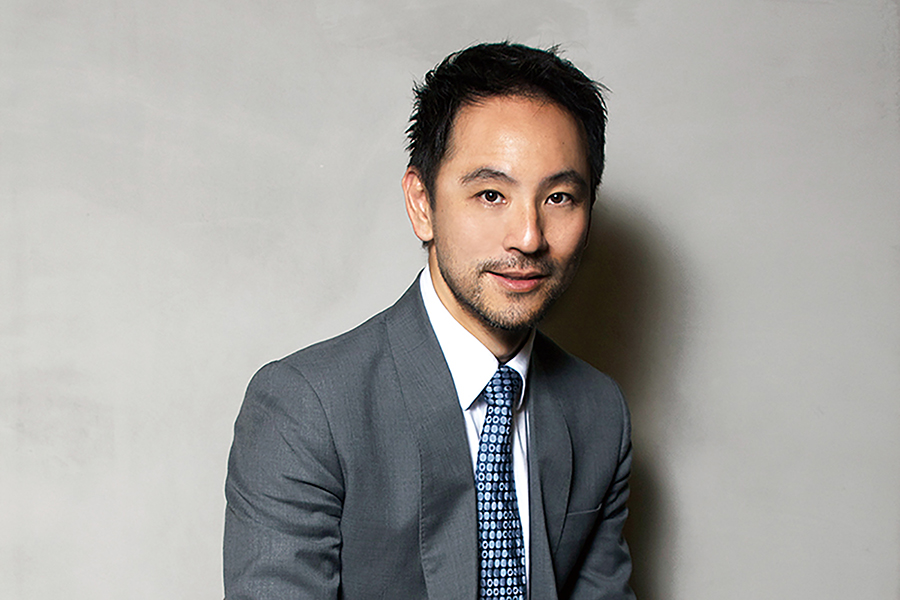Like many businesses, family-owned enterprises have had their share of challenges in the current economic landscape.
As each continues to make its way through the many obstacles presented by the COVID-19 pandemic, the 2021 EY and University of St. Gallen Family Business Index reveals just how vital family enterprises are for the global economy’s health. The resilience of these family businesses becomes even more evident as they continue to lead in job creation and opportunities within their communities.
Paul Dickerson, CEO of CREDO and a longtime leader of his family business SWEPCO, explains that most family businesses are resilient because they take the long view, focusing on decades and generations rather than meeting Wall Street’s quarterly earnings report. “Most are well diversified and global, keeping their debt low. Their offices aren’t lavish, but their factories are first-rate. Cash is king, and family enterprises reinvest earnings back into the company.” Dickerson’s family enterprise is an 88-year-old manufacturer of protective coatings and high-performance industrial lubricants with plants in the United States, Canada, and Europe.
The family businesses represented in the Index collectively generate $7.28 trillion in revenue and employ 24.1 million people worldwide. That constitutes the third-largest economic contribution in the world (after the United States and China) by revenue — despite the global economy shrinking by 3.5% in 2020. This revealing trend magnifies how family businesses are vital to the future health and growth of every country’s economic well-being and post-pandemic recovery — and the trend shows no signs of slowing.
A Pandemic Brings Out the Best
For all the challenges COVID-19 presented, family businesses had the opportunity to showcase their agility, commitment to innovation, and sense of social responsibility by pivoting during the pandemic.
Carlos DeAldecoa Bueno, president of Eximius Coffee, owns a coffee storage and processing plant and the largest liquor distillery in Texas. During the pandemic, he put the entire distillery operations on hold and shifted production and bottling lines to manufacture hand sanitizer. “Carlos donated $200,000 worth of hand sanitizer to first responders, nonprofits, and the community in Texas,” says Dickerson, “and shipped over 80,000 gallons (about 30,000 liters) of hand sanitizer throughout the United States.”
The Family Business Index revealed numerous scenarios of family-owned enterprises pivoting during the pandemic — including restaurants creating makeshift drive-through lines to serve families affordable meals during the food shortage to owners not drawing a salary to make sure their people had paychecks.
Building Success Across Generations
The success of family businesses often comes down to the planning and vision of the first generation, with the next generation building on that legacy while following its own approach. Of course, success takes time, and although the COVID-19 pandemic has made the next generation’s survival more difficult, the Index cites 75% of the family businesses are over 50 years old. However, youth is not necessarily an impediment to the growth or the scaling of a family business.
Most of the reasons a family business doesn’t survive are preventable with proper succession planning and a strong commitment by family leadership. But scaling a business beyond its founders is tricky. At 30, Tze Boon Ong (pictured above), chairman of the board at ONG&ONG, took over the family architecture business after the death of his parents. To survive, Ong believes it essential that each new generation have a hunger for not just keeping the company alive but looking to innovate, grow, and steer the business in a revolutionary direction. Ong says success for him will be “in making my role obsolete — then I know I’ve done my family company a service.”
Sustaining the Focus on Gender Diversity
The 500 largest family businesses have 4,418 board seats; family members hold 1,041. Of those, 17% are female and 83% male. The share of companies with female family members on boards is 31% and is on par with global industry benchmarks.
Gender diversity among chief executives is equally challenging to family businesses and non-family firms. Five percent (27) of the family businesses on the Index have female CEOs, comparable with industry benchmarks of 8% (41) of Fortune Global 500 companies. Moreover, female CEOs are marginally more likely to be family members than external appointments.
Change starts with intention, Dickerson says, and finding talented female business leaders and creating the conditions for success must be a stated business objective. “I encourage family leaders to have a courageous conversation and then make hiring, retaining, and promoting women leaders part of their 5- to 10-year strategic plan. Next, appoint a task force to promote female leadership in the business, family council, and other family governance structures.”
Beyond being the right thing to do, Dickerson believes it’s smart business. “In the war for top talent, neglecting 50% of the candidates (women) will be a huge disadvantage. We have a long way to go, but I believe there is room for optimism. As this generation of leaders retires, attitudes toward women in leadership will shift.”
What NextGen Brings to the Table
The average family business board member is 61 years old, but the next generation brings more age diversity and new leadership to boards. One in five businesses on the Index has a next-generation member (40 or younger) on the board or on the management team. This represents a significant opportunity for boards to diversify and extend their talent pool.
“Embrace the next generation of leaders and the entrepreneurial spirit they offer,” Dickerson tells his peers. “Tap into their vision for the business; they are the pathway to renewal and rebirth of the family business. Over time, the core business normally looks little like its founding one. And turbulent times often accelerate this transition.”
Dickerson advises family businesses to formalize their internship programs, utilize innovation sprints as a source of new ideas, and let NextGen run with the strong concepts developed and see what they can do.
More than Profit
Environmental, social, and governance (ESG) is no longer a passing trend, especially for the next generation of family-owned business leaders. Presently, the total valuation of ESG assets is around $30 trillion. That’s more than 25% of the managed assets in the entire market.
A good proportion of the family businesses on the Index report formal ESG metrics, including 53% (264) reporting at least once on the GRI Sustainability Disclosure Database. Fifty-one percent of those companies come from EMEIA (Europe, Middle East, India, and Africa), followed by 30% from the Americas, and 19% from Asia-Pacific. The United States has the highest number (42) of family companies that contributed to the GRI database.
Employees, customers, investors, and other stakeholders demand that companies play a more active role in addressing the world’s greatest challenges. As a result, NextGen family business owners will most certainly make ESG a top priority.
Stable and Agile: Families Find the Right Balance
The 2021 EY and University of St. Gallen Family Business Index reveals how important family enterprises are for the health of the global economy. Despite the pandemic, the largest 500 family businesses globally have proven their economic dominance and resilience. Longevity and stability have mattered as these businesses have managed their long-term business outlook with an ability to pivot in the short term. Being ready to value more diversity and skills from both the next generation of leaders and women leaders is a small step for them — particularly when talent is the key to addressing ESG, innovation, and future consumers.
“It is no surprise how family businesses can now attract top talent in the marketplace,” says Dickerson. “Many accomplished difference makers are tired of constant change in their firms; they long for stability, family comfort, and putting down roots.”




































